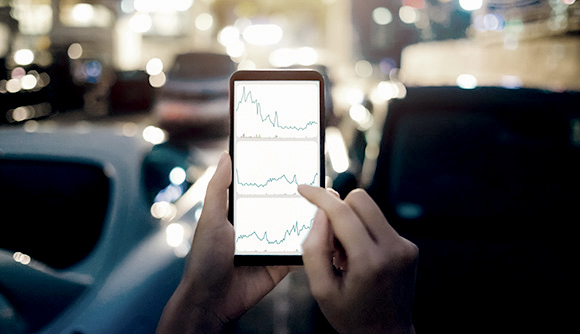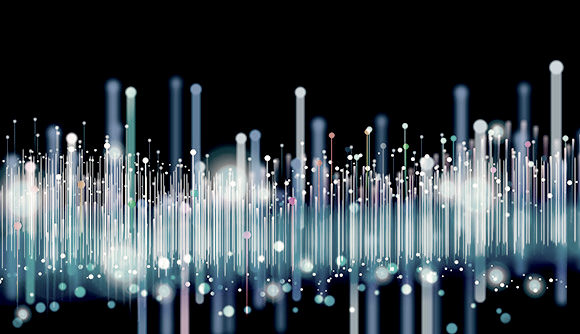Advanced Analytics gives businesses deep competitive insight. We use machine learning, statistical analysis, predictive algorithms, R libraries, and visualization tools to help clients see patterns and trends inside and outside their organizations. Clients who implement advanced analytics are able to shift to data-driven decisions.
Applied Advanced Analytics
ServiceDashboards & Business Intelligence
Dashboards are the window into your data, giving you visualizations with charts, graphs, and indicators to give you accurate and timely information to make concrete decisions. Well-designed BI dashboards will show critical KPIs with the capacity to drill down to granular analysis and can be used from senior management to business analysis.
Predictive Analytics
pre-built algorithms to a variety of business scenarios. If we have a robust data set, we can predict future values with a degree of accuracy while taking into account multiple variables. The applications of predictive analytics are endless. Common business scenarios include predicting global sales while taking into account regional patterns & seasonality, customer buying, preventive maintenance, and manufacturing part failure.
Machine Learning
The human mind has tremendous analytic power, however, our conclusions are often tainted by learned biases and preconceived notions. Machine learning removes the human element and lets the computer objectively identify patterns, correlations, and trends in your data based on factual historical data. Once a machine learning model is built, this model is then used on real time data streams to apply the same pattern recognition to the current data. A common example is a recommendation engine which in eCommerce sites with “next buy” recommendations based on a deep history of customer transactions. Other examples are in preventive maintenance, inventory management, customer purchase behavior, loan screening, and upsell/cross sell recommendations.
Internet of Things (IoT) Analytics
With pervasive connectivity through mobile networks and WIFI, small remote sensors are able to send back near continuous streams of data to allow organizations to collect data across their physical environments. These sensors can capture temperature, movement, humidity, sound, open & closed states, vibrations, images, and video. They can remotely collect information which otherwise would require manpower to collect or provide deeper insight to monitor machines, people, and the environment. They can be placed virtually anywhere such as shelves a store location, on machines on an assembly line, access-sensitive control rooms, in agricultural plantations, on fleet cars. The applications are endless. IoT data is streamed to machine learning models & alert dashboards to provide analytics on the data & real time responses when conditions change or alarms are triggered.
Click here for inquiries and consultations


